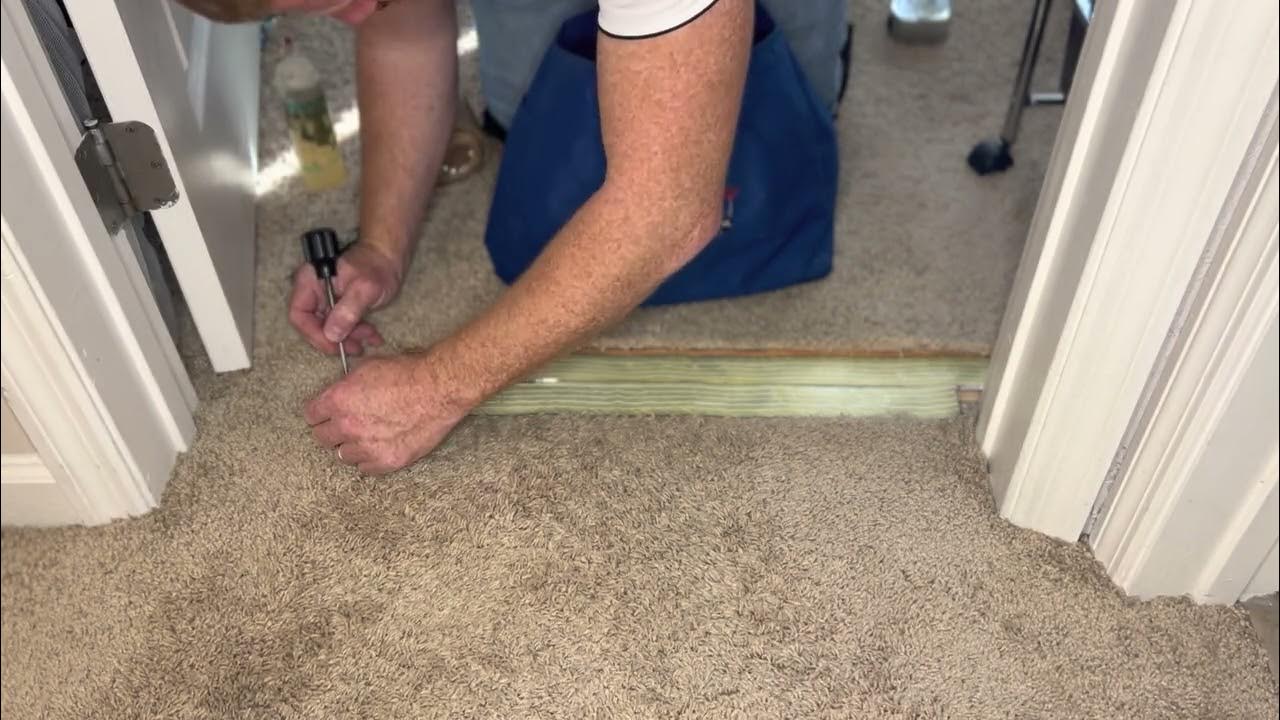Introduction
Carpets are a staple in many homes, providing warmth, comfort, and a touch of elegance. However, over time, carpets can suffer from wear and tear, stains, and damage. While some carpet issues may require professional attention, many minor repairs can be handled by homeowners with a little know-how and the right tools. In this comprehensive guide, we’ll explore various carpet repair techniques that you can easily implement in your own home.
Common Carpet Problems and Solutions
1. Stains and Spills
- Act Quickly: The sooner you address a stain, the easier it will be to remove. Blot the stain with a clean, absorbent cloth to remove excess liquid. Avoid rubbing, as this can push the stain deeper into the fibers.
- Choose the Right Cleaner: Select a carpet cleaner specifically designed for the type of stain. For example, use a grease-cutting cleaner for oil stains and a biological cleaner for pet accidents.
- Follow Instructions: Carefully read and follow the instructions on the carpet cleaner label. Test the cleaner in an inconspicuous area first to ensure it doesn’t cause discoloration.
Revitalize your carpets with our comprehensive carpet repair services. We address a variety of issues, including tears, burns, and pet damage, ensuring a flawless finish. Our expert team uses advanced techniques for seamless carpet repairs that look as good as new. Contact us for expert carpet repairs today.
2. Burns
- Assess the Damage: If the burn is shallow, it may be possible to repair it at home. However, if the burn has melted the carpet fibers, professional repair may be necessary.
- Use a Steam Iron: Carefully steam the burned area to help the fibers relax and regain their shape. Be cautious not to use too much steam, as this can cause further damage.
- Consider a Patch: For more severe burns, a patch may be the best solution. Cut a piece of carpet from an inconspicuous area, such as a closet, and glue it over the burned spot.
3. Rips and Tears
- Secure the Edges: Prevent the rip from spreading by securing the edges with tape or a carpet repair kit.
- Apply Adhesive: Use a carpet adhesive designed for repairs to bond the torn edges together. Allow the adhesive to dry completely before walking on the area.
- Consider a Patch: For larger rips, a patch may be necessary. Follow the same process as described for burn repairs.
4. Pet Damage
- Clean Up Accidents Promptly: Immediately clean up pet accidents to prevent stains and odors. Use a specialized pet odor eliminator to neutralize any lingering smells.
- Protect High-Traffic Areas: If your pet tends to scratch or dig, consider using a carpet protector or runner in high-traffic areas.
5. Fading and Sun Damage
- Reduce Sun Exposure: Move furniture or hang curtains to minimize direct sunlight on your carpets. Excessive sunlight can cause fading and discoloration.
- Professional Cleaning: Regular professional cleaning can help maintain the color and vibrancy of your carpets.
6. Wrinkles and Creases
- Steam Cleaning: Use a steam cleaner to help smooth out wrinkles and creases.
- Stretch the Carpet: If wrinkles persist, gently stretch the carpet to realign the fibers.
7. Pet Hair
- Vacuum Regularly: Vacuum your carpets frequently to remove pet hair. Use a vacuum with a strong suction and a pet hair attachment.
- Rubber Glove Trick: Rub a rubber glove over the carpet to attract pet hair.
DIY Carpet Repair Tools
- Carpet cleaner
- Stain remover
- Adhesive
- Patching kit
- Steam iron
- Vacuum cleaner
- Rubber gloves
- Measuring tape
- Utility knife
Conclusion
By following these tips and techniques, you can effectively address many common carpet problems and keep your floors looking their best. Remember, prevention is key. Regular maintenance, such as vacuuming, spot cleaning, and professional cleaning, can help prolong the life of your carpets and reduce the need for major repairs. With a little effort, you can enjoy beautiful, durable carpets for years to come.


